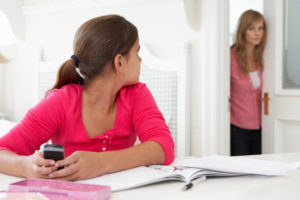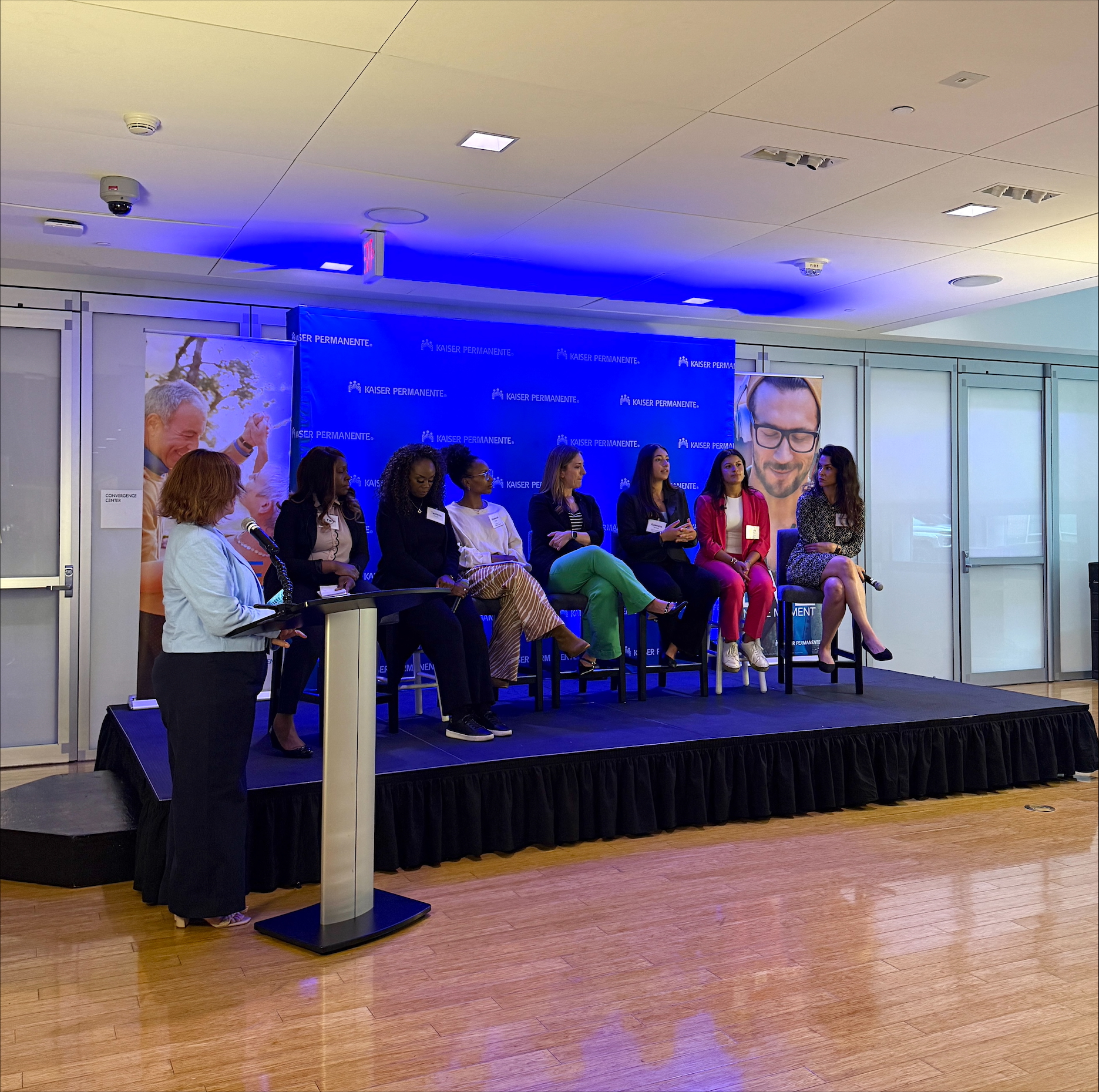A pediatrician weighs in on the American Academy of Pediatrics’ newest media-use recommendations.
If you were a fly on the wall in my house last night, you would have witnessed this exchange:
Me: “Isn’t it time to turn your phone off and do your homework?”
Daughter: “I am doing my homework!”
Me: “On your phone?” (Rolls eyes.)
Daughter: “Yes, actually.” (Rolls eyes.)
I am sure this exchange is repeated in homes all over the country every night. Nearly 75 percent of teens own a smartphone. A 2016 survey by Common Sense Media on technology addiction found that:
- 50 percent of teens feel addicted to their mobile devices
- 72 percent of teens feel the need to respond immediately to texts, messages and notifications
- more than 70 percent of teens argue over the use of their devices with their parents
Pros and cons of connecting
All of this connectivity has both risks and benefits. The American Academy of Pediatrics recently came out with a policy statement on Media Use in School-Aged Children and Adolescents that examines the pros and cons. Among AAP’s findings:
Kids who spend more time on a device are more likely to:
- be overweight
- have disrupted sleep caused by bedtime exposure to the blue light from electronic devices, as well as their stimulating content
- be exposed to risky health behaviors like smoking, drinking, eating disorders and drug use on many social media sites
- experience cyberbullying and sexting
Pre-teens and teens can also benefit from online time by:
- forming positive social connections — this is especially powerful for teens who feel isolated because of disability, or sexual or gender orientation
- remaining connected to friends and family in distant locations
- collaborating on homework
- gaining knowledge
- being exposed to healthy habits on many social media sites
No one-size-fits-all guide

Whether a child benefits from or is harmed by time online depends on several factors, such as what they are doing, how they are doing it and for how long. No one-size-fits-all rule exists to guide parents.
AAP recommends that families develop a media plan that “takes into account the health, education and entertainment needs of each individual child as well as the whole family and then follow the family media plan together, revising it when necessary.”
To this end, AAP developed two tools: Create Your Family Media Plan and Media Time Calculator. The tools help families define how media will be used in their homes by balancing online time with activities such as sleep, homework, family time and physical activity; and by setting screen-free times and zones, and device curfews. They also open up discussions about digital citizenship and safety.
Discussions like these are essential for families! Start by asking kids what they like to do on their devices and why. After using the Media Time Calculator, ask what they want to do with any “leftover” time in their day — do they really want to spend it online?
Media use during homework is an especially prickly topic, and setting rules for this time is a great way to teach time management while helping kids succeed in school. Try these guidelines:
- Homework will be done in the kitchen or family area.
- Devices will be left on the counter and only accessed when required for an assignment.
- Parents will look over kids’ shoulders occasionally to check in on progress.
Find more information on kids and media use at Common Sense Media and at Boston Children’s Hospital’s Center on Media and Child Health.
Turning the mirror on ourselves
Kids aren’t the only ones who benefit from media limits. When parents focus on their phones, we run the risk of missing chances to connect with our kids.
The authors of the AAP guidelines take this subject on by encouraging parents to act as digital role models, demonstrating a balanced approach to when and where we use our devices — and by modeling kind and ethical behavior online, just as we would in real life.
The practice of “sharenting” — posting information about or photos of our kids online — without considering how it might negatively affect them is a case in point. So before sharing the details of my evening tussle with my daughter over using her smartphone during homework, I asked her permission. She consented, and it opened up a good discussion between us.
How does your family balance online and offline time? Please share what’s worked and what hasn’t in the comments section below.




